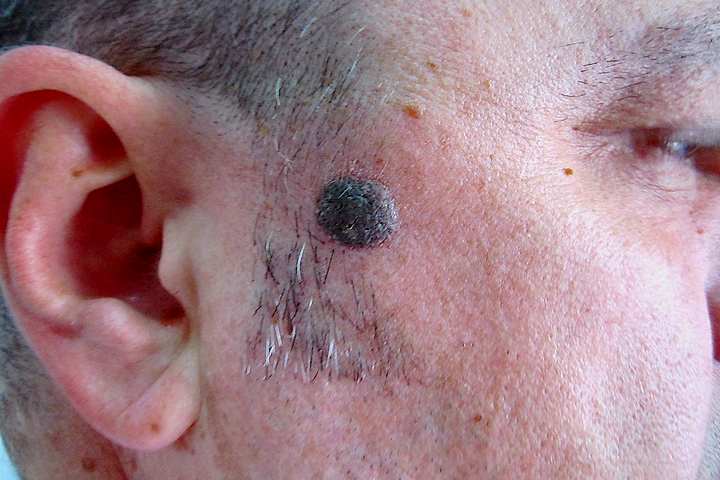
Most people have moles on their skin, they can be rough, or smooth and vary in colour from light, to dark brown. Warts are also quite common, in groups, or individually, often on your hands, or feet.
Understandably, patients ask for removal at our London skin clinic, moles and particularly warts may be unsightly. Removal techniques can be similar but medical needs bring a rather different focus.
Viral warts in particular can be painful, such as plantar warts, or verrucas on the sole of the foot. They may itch, or bleed and tend to affect children, or teenagers more than adults. They can also be contagious to a degree and could be mistaken for certain skin cancers.
As with any growth on your skin, warts should be looked at by an experienced dermatologist, not least seborrhoeic warts, which are mentioned below. The same applies to moles, although more so as they can become malignant.
A few moles may simply be part of your life but if you see any change in colour, shape, or size of even individual moles, or if new ones appear during adulthood, you should seek professional advice.
Mole Diagnosis & Removal
Very occasionally, moles develop into malignant melanoma, an aggressive form of skin cancer which should be diagnosed and treated as early as possible. Neither should you wait until you feel any physical symptoms.
Our consultant dermatologists will examine you thoroughly, discuss any related family history, or previous incidences of less aggressive cancer. With a unit for skin cancer treatment in house, we offer every possible facility.
The consultant’s expertise is valuable and backed up by state of the art diagnostic facilities. From advanced microscopes, including confocal laser microscopy which can avoid biopsies, to our laboratory, to the best possible treatment.
Non surgical removal of moles can be feasible, although we often use careful surgical excision for mole removal in our London clinic. We are amongst the leaders in the UK for specialist surgery focused on aesthetic preservation.
With this approach, our patients receive the best possible prognosis and a good aesthetic outcome, reflecting the dual dermatological and cosmetic role at the heart of our treatment.
Treating Viral Warts
A wide range of viral warts, such as the verrucas mentioned earlier, can be safely removed by our dermatologists. If this is the issue you wish to see information on, please go to:
As you will see, they deserve more detail and are now normally treated in our dermatology clinic using a CO2 laser.
Seborrheic Wart Removal
If you are not certain what type of warts you have, don’t worry, this is understandable. We are focusing here on seborrhoeic warts as they are such a common part of life, often but not uniquely part of ageing.
They can also be known as seborrhoeic keratoses and tend to have a rough surface, ranging in colour from light to dark brown, perhaps darkening, or growing as the years go by. You can see examples of seborrhoeic warts in a post on our blog.
Although they are benign, seborrhoeic warts can be a nuisance, become inflamed, itch, or catch on clothing. They are also an aesthetic issue and as importantly, can be confused with serious conditions, such as malignant melanoma.
Visually diagnosing seborrhoeic warts is in a sense straightforward but our consultants will take great care and again, consider your family, or personal medical history.
The same level of diagnostic equipment we mentioned for moles and the same level of expertise are available. Seborrhoeic wart removal is a common and successful procedure, we simply believe in an accurate diagnosis before proceeding.
Assuming seborrhoeic warts are the problem, our aim is to destroy and remove them for good, with minimal or no scarring. There are chemical options, such as trichloroacetic acid which can be an answer but may risk damage to surrounding skin.
As with viral warts, laser treatment can make sense. Seborrhoeic wart removal in our London clinic is however often carried out using cryotherapy, freezing with liquid nitrogen, a better option in most cases.
After mole and wart removal, we offer all the advice you need, to care for the treated area and for your skin. Prevention is better than cure, part of the reason we offer mole mapping, an ideal way to keep an eye on any changes.
Ensuring you remain healthy and can access advice, or treatment in a specialist environment is the purpose of our dermatology service. Lifetime care alongside good solutions for your current needs.
You may find the options below useful:
- Alphabetic Dermatology Menu: Conditions & Treatments.
- Up to date news and insight in: Our Dermatology Blog.
For any advice, or to arrange a dermatology appointment, call 020 3535 7850, or send an email via the Make An Appointment button below.
